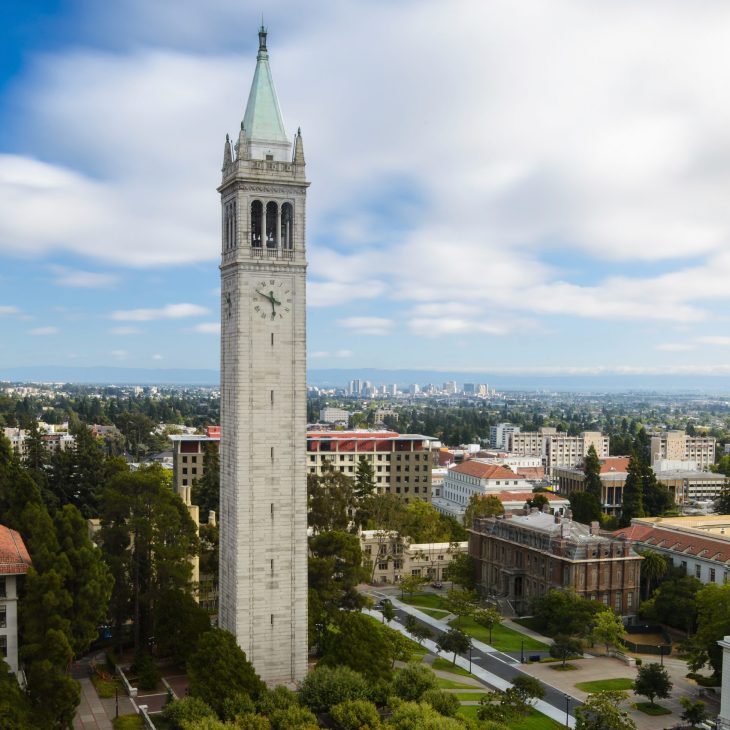Higher Education
A report from Interfaith America in partnership with More Perfect.
During the 2022-23 academic year, Interfaith America conducted a landscape analysis of existing bridgebuilding efforts to address polarization across U.S. Higher Education by interviewing bridgebuilding organization professionals, campus practitioners, and higher education leaders. While a universally accepted definition of “bridgebuilding” has yet to emerge, throughout the project, we shared and utilized this definition: bridgebuilding work brings people together to engage across diverse identities and divergent ideologies in ways that respect identities, foster mutual relationships, and seek a common good. Importantly, bridgebuilding work is not just a tactic for enabling more civil conversations. It is a fundamental value of higher education and a necessary skillset for students to develop while on campus in order to effectively lead in professional and civic spaces within the polarized U.S.
Even as colleges and universities focus more on diversity efforts, they are continuing to face a crisis of divisiveness. This should not surprise us: toxic polarization defines much of our culture and politics now, and colleges are places where opposing views are often expressed fiercely. Colleges themselves are not the problem, however; rather they may be the solution to our problem. They can model pluralism and educate leaders who can proactively build relationships across difference and deescalate conflict in other areas of our society, including local school boards and government.
There is increasing agreement amongst researchers focused on U.S. polarization that bridgebuilding interventions are a necessary precursor to both fostering healthier climates and seeking shared understanding or action on specific issues. For decades, campuses have invested in community-based student learning opportunities, and while some of the skills like intellectual humility, curiosity, and deep listening overlap, bridgebuilding requires a slightly different approach. Bridgebuilding acknowledges there are deep differences at play and supports the development of mutual relationships and collaboration across those differences. Many colleges want to do the work of bridgebuilding but either do not know how or have small bridgebuilding programs that they have not yet determined how to scale. Some smaller scale bridgebuilding programs are thriving, modeling and fostering conversations across difference, but there is a need and opportunity for larger scale programs that can be embedded across an institution and influence campus culture in significant ways.


In the past decade, several nonprofit bridgebuilding organizations have emerged alongside longstanding organizations already in this space; these organizations can be a partner to campuses as they look to leverage their increased diversity for cooperation and learning across difference rather than toxic polarization. Pluralism is a hallowed academic field, and many relevant resources exist, including recent literature that focuses on the skills and impact of bridgebuilding. Pluralism is already something universities do and practice, and there are ways to invest more in this important work.
Copyright @ 2024 Interfaith America. All Rights Reserved. Interfaith America is 501 (c)(3) non-profit recognized by the IRS. Tax ID Number: 30-0212534